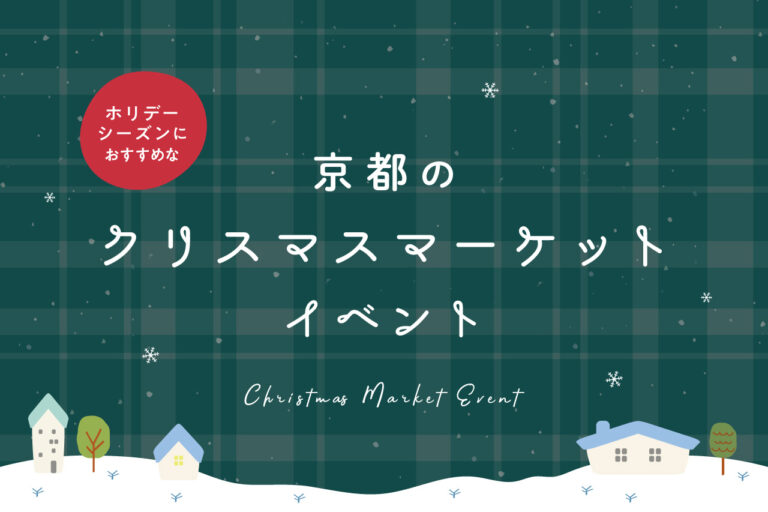
[2024] Kyoto's Cli...
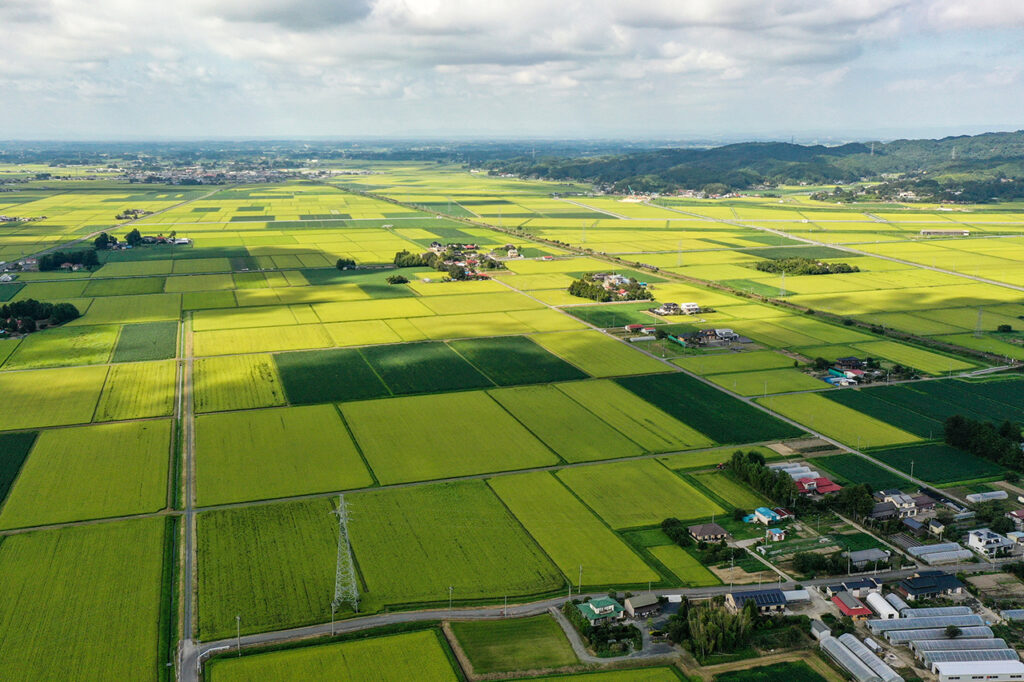

Misato Town, located in the northern part of Miyagi Prefecture, is 40 km from Sendai City and is a key transportation hub where the Tohoku Main Line, Rikuu East Line, and Ishinomaki Line intersect and national highways run. The town is a rich rural area with the Naruse River flowing through it, fed by the Ou Mountains, and was registered as a "World Agricultural Heritage Site" in 2017. The town has attracted attention as a comfortable place to live, where agriculture and livestock breeding have flourished since ancient times due to its low precipitation and relatively short snowfall period even in winter.
In this issue, along with Misato Town's rich natural environment, we will introduce the bounty of food produced in this area, including rice, miso, soy sauce, sake, and brand beef.
The "World Agricultural Heritage" is a system under which the Food and Agriculture Organization of the United Nations (FAO) recognizes globally important agriculture, forestry, and fisheries regions (agriculture, forestry, and fisheries systems). It is an initiative to pass on to the next generation as a "living heritage" the traditional agriculture, forestry, and fishery industries that have been operated for generations, and the cultures and landscapes that have developed along with these industries.
The Osaki arable land in Miyagi Prefecture was selected as its World Agricultural Heritage Site in 2017. The Osaki region of Miyagi Prefecture has developed as a paddy farming area, taking advantage of the valleys and wetlands in the watersheds of the Eoigawa and Naruse Rivers. Osaki arable land" refers to the land that has developed through a variety of wisdom and ingenuity in regulating "water" in order to maintain food and livelihood under the severe natural environment unique to the Tohoku region, including droughts and floods.
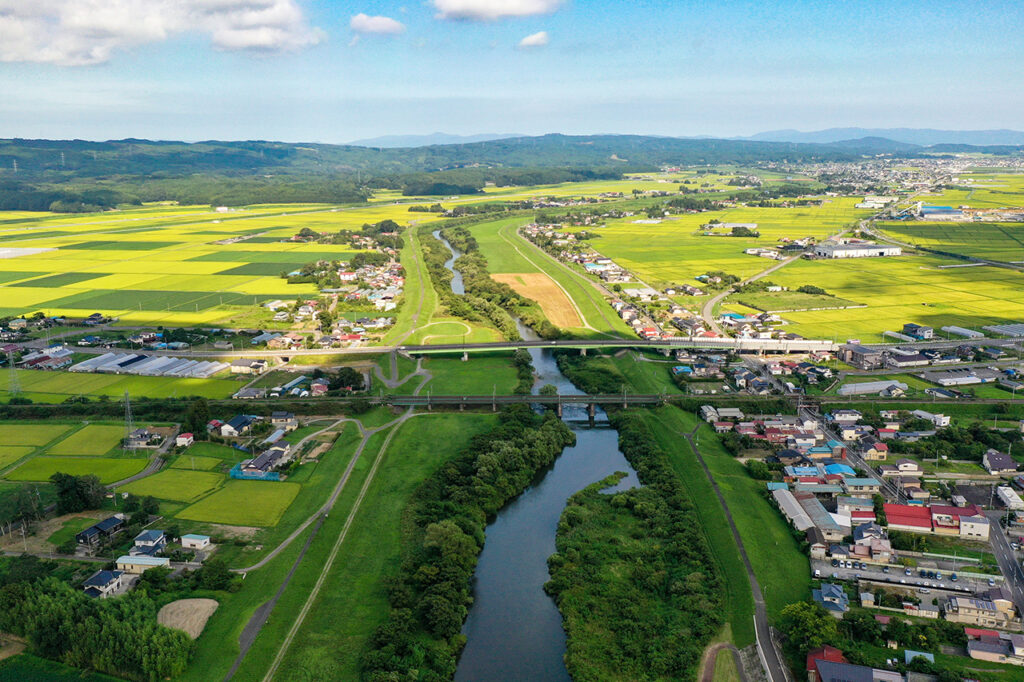
Eagogawa River flows through the middle of the city

Since the feudal era, Yama-no-kamisha has been widely known in the Tohoku region as the god of easy childbirth, child-rearing, and marriage, and has attracted many worshippers. The famous confections "Yama-no-kami manju" and "Kodama-manju", which have been handed down from the long-established shop founded in 1897, are well known and popular as souvenirs in combination with the benefits of Yama-no-kami Shrine.
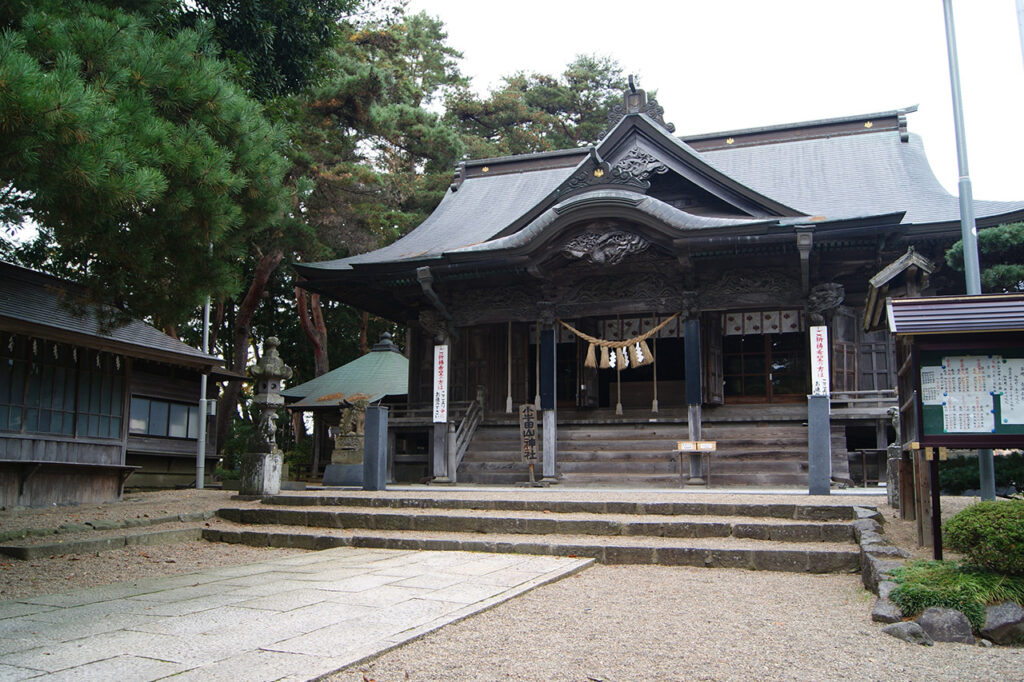
Mountain Shrine (Temple)

The seasonal changes are spectacular and symbolic of Misato: cherry blossoms and wisteria in spring, more than 100 varieties of hydrangeas blooming in the precincts of the temple in summer, autumn leaves in fall, Shichigosan pilgrimages, and the solemn Dondong Festival in winter.
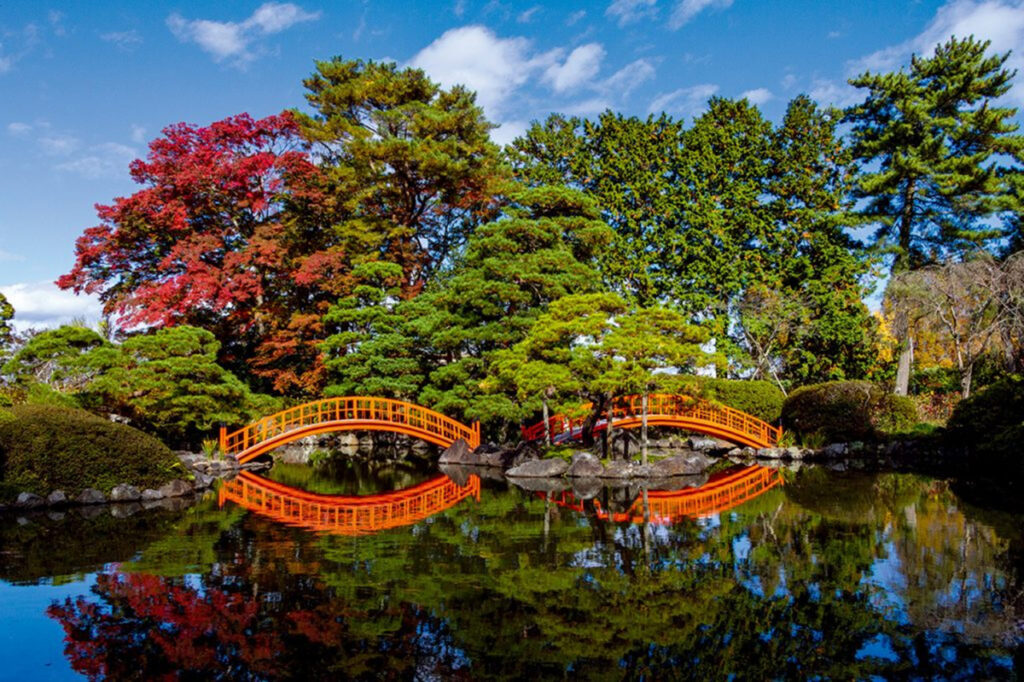
Yama shrine (garden)

The water supply and fertile land, which was established by our ancestors and recognized as a World Agricultural Heritage site, produces many agricultural products, including not only rice, but also vegetables and fruit trees. The area's proximity to the Pacific Ocean also produces high quality rice straw due to its dryness and low precipitation from fall to winter. This high-quality rice straw and clean water are used to carefully nurture Sendai beef, Miyagi Prefecture's pride and joy, which is rated as a grade 5 beef among the Japanese black cattle breeds, over a period of two years.
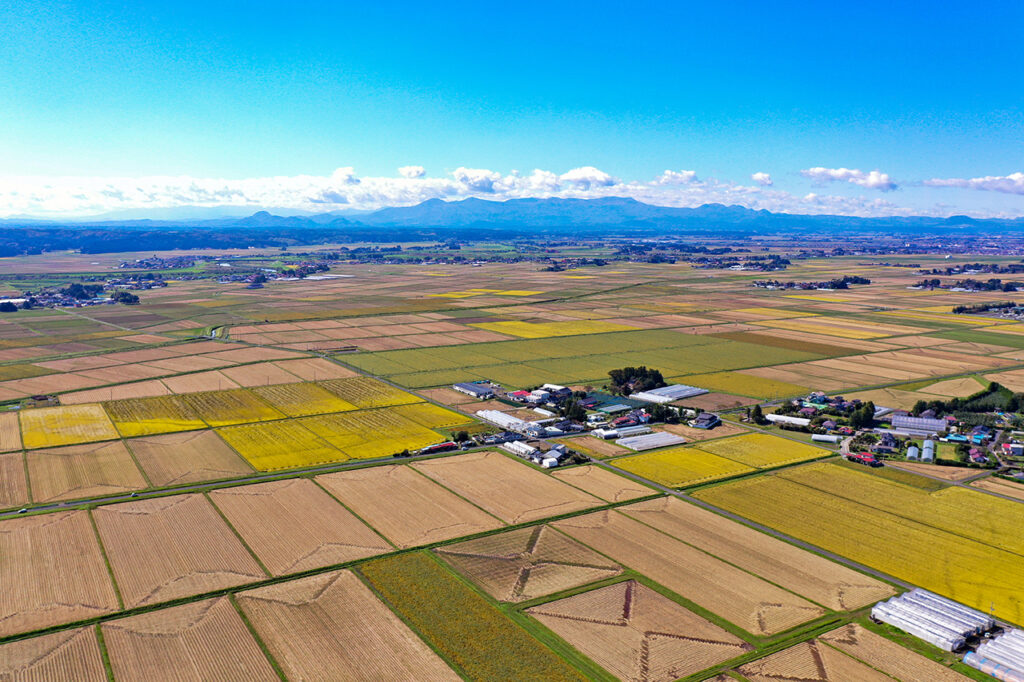
Misato Town at harvest time

Domestic soybean production is growing in Miyagi Prefecture, and Misato Town is also actively producing soybeans. Fermented foods made from these soybeans, such as miso and soy sauce, are also one of the town's specialties.
In addition to agricultural products, Misato Town has many food blessings such as fermented foods such as miso, soy sauce, and sake that further enhance its attractiveness, as well as livestock products and processed foods that make use of nature. These can be experienced by anyone from all over Japan through "Furusato" tax payment.
The title of "Sendai beef" can only be obtained from A5 and B5 beef, which are considered the highest grade of beef. Sendai beef from Misato Town, raised in the rich and bountiful nature, is best served in sukiyaki. The first piece of Sendai beef should be grilled with sukiyaki sauce to enjoy the mellow aroma, flavor, and tenderness of Wagyu beef at the same time.
Click here for product details
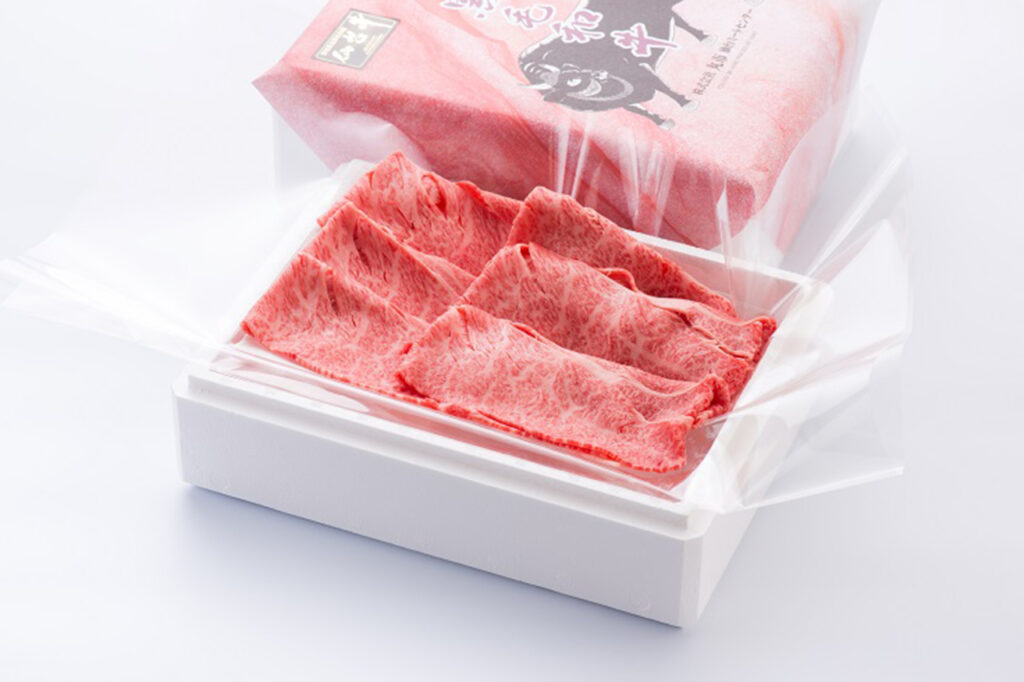
Sliced Sendai Beef Cataloose (from Misato Town)

Beef tongue is a Miyagi specialty. [Tontaro's makanai gyutan (beef tongue) is soft, flavorful, and easy to eat, despite its irregular shape. It can be enjoyed as a side dish with rice or as an accompaniment to alcoholic beverages, however you like to eat it.
Click here for product details
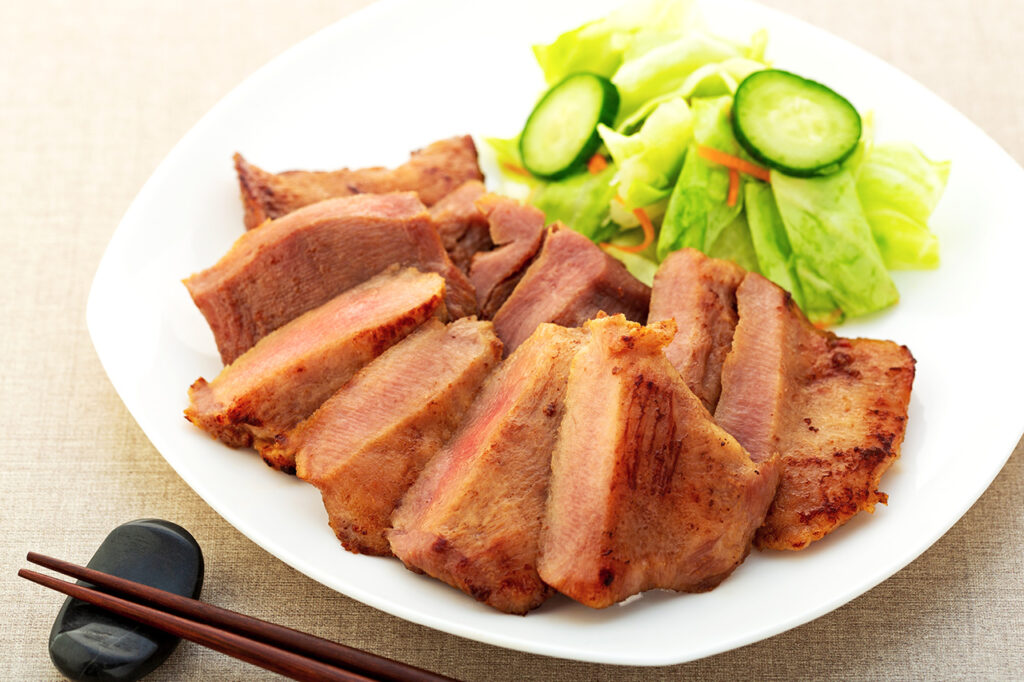
[Tontarou] Mamanai sliced beef tongue, cut into slices

[Mochibei's Zunda rice cake is made from locally produced Miyakogane mochi (glutinous rice), carefully pounded and topped with a Zunda bean paste made from locally produced edamame (soybeans). You can enjoy the traditional taste.
Click here for product details
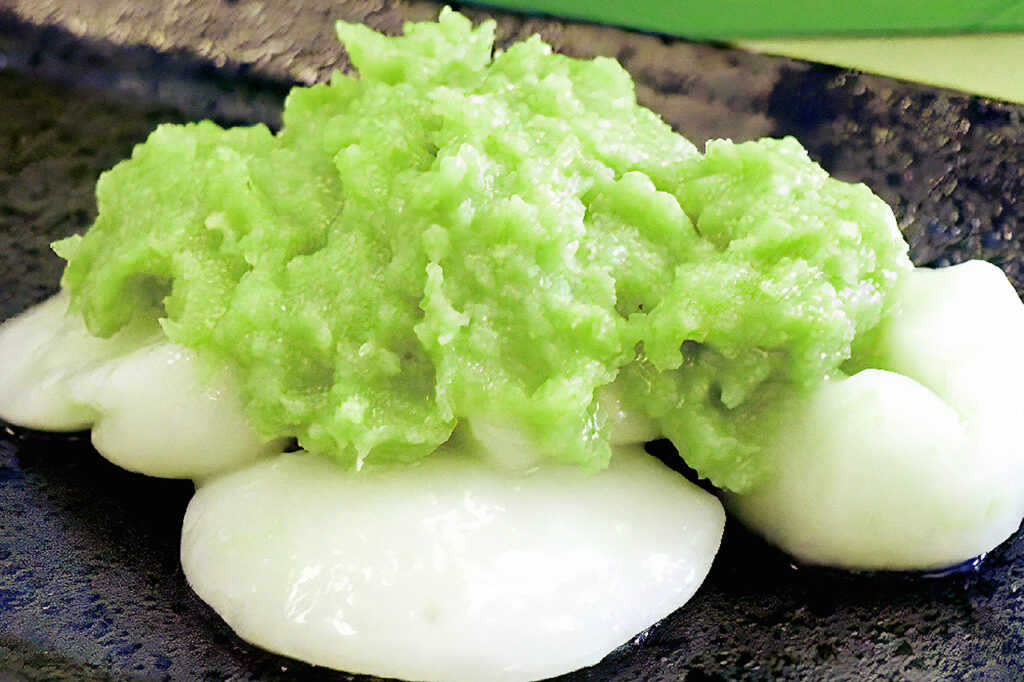
[Mochibei] Kochidazuma rice cake

Kawataka Shoten is a sake brewery with a history of over 120 years since its establishment. Kawakei Shoten brews deep sake using the traditional Yamahai brewing method and won the Gold Prize at the National New Sake Competition for 16 consecutive years from 2004 to 2028.
Click here for product details
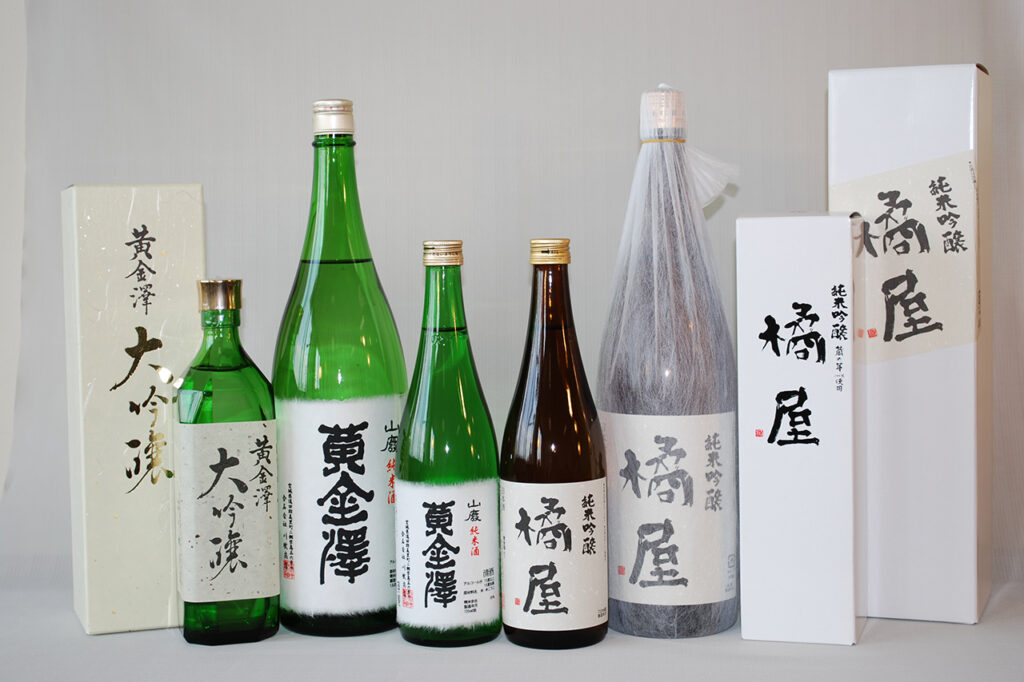
[Sake Koganezawa

In addition, Misato Town has good access to Ishinomaki and other coastal areas. In Ishinomaki, KINOYA Ishinomaki Suisan canned fresh fish caught in the morning from Sanriku using a proprietary process. After the Great East Japan Earthquake, many people said, "I want to eat KINOYA's canned fish again! After the Great East Japan Earthquake, the Misato Plant was completed in 2013 in response to the cry of "I want to eat Kiiya's canned food again! The canned products produced at the Misato Plant are not only KINOYA's representative canned products, but also products that emphasize the taste of the ingredients with simple seasoning, such as canned conger eel, which is an excellent match with rice.
Click here for product details
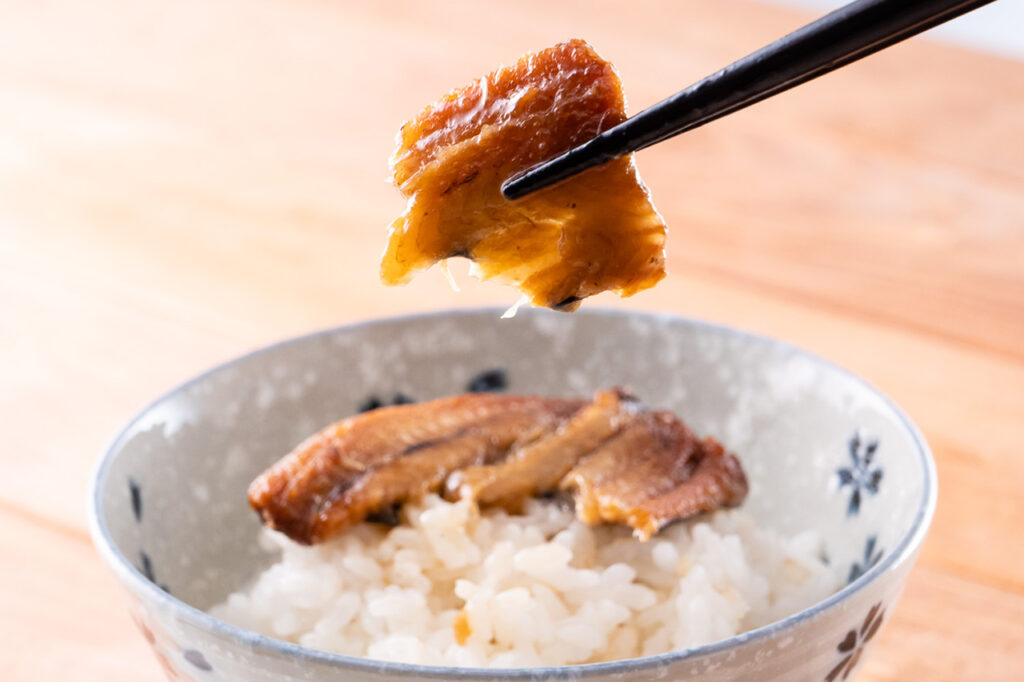
[Set of 9 cans of selected canned goods from Misato-machi direct sales store of KINOYA ISHINOMAKI FISHERY Co.

There are many other products to choose from, so please visit Misato Town's website or other local tax payment sites!
Over 600 interviews per year! An order site carefully selected by the editors who knows Kyoto and Shiga.
nowOfficial LINE friend registration500 yen OFF coupon is being issued!
Distributed every Friday morning at 8:00 am! From new restaurant information to event information that we want to share with you, We deliver articles about Kyoto that are useful to know. About 20,000 people have registered.Click here to add a friend!
 News
News Feature article
Feature article Featured event
Featured event